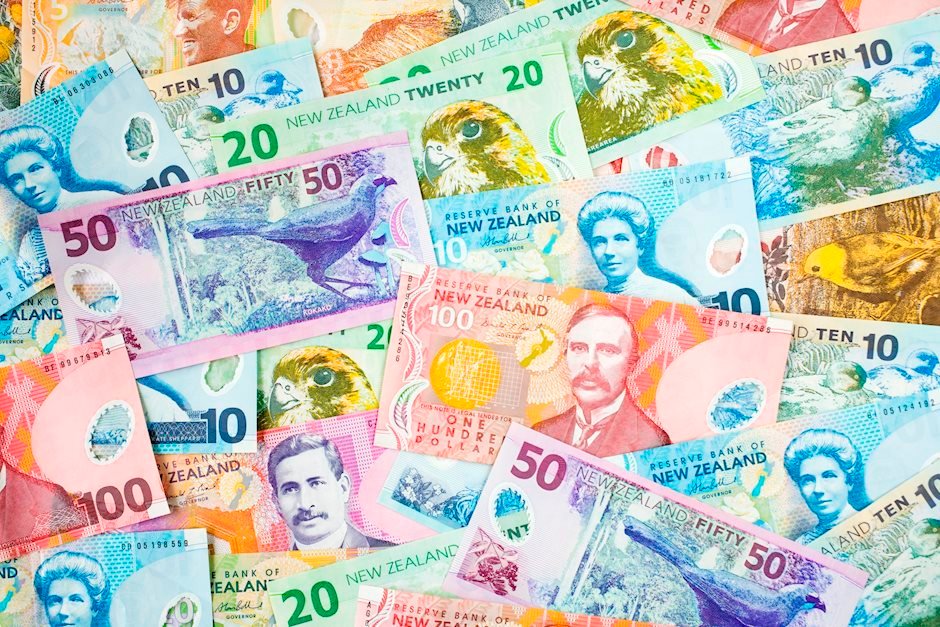
- NZD/USD struggles to capitalize on its modest intraday gains, though the downside seems limited.
- The softer Chinese inflation figures fuel concerns about slowing growth and weighs on the major.
- A positive risk tone undermines the safe-haven USD and lends support to the risk-sensitive Kiwi.
The NZD/USD pair attracts fresh sellers following an intraday uptick to the 0.6235 area on Tuesday and drops to the lower end of its daily trading range during the first half of the European session. The pair is currently placed around the 0.6215-0.6210 region and remains well within the striking distance of a nearly two-week low touched on Monday.
Data released earlier today showed China’s consumer inflation hit an 18-month low and producer price inflation contracted at a steady pace amid growing signs that a post-COVID economic recovery was losing steam. This, in turn, is seen weighing on antipodean currencies, including the New Zealand Dollar, though broad-based US Dollar (USD) weakness helps limit the downside for the NZD/USD pair, at least for the time being.
A generally positive tone around the equity markets is seen as a key factor undermining the Greenback’s relative safe-haven status and lending some support to the risk-sensitive Kiwi. The USD downfall, however, is likely to remain cushioned amid speculations that the Federal Reserve (Fed) may continue raising interest rates. In fact, the current market pricing indicates a greater chance of a 25 bps lift-off at the next FOMC monetary policy meeting in May and the bets were lifted by the mostly upbeat US employment details (NFP) released on Friday.
The prospects for further policy tightening by the Fed, meanwhile, puts a floor under the US Treasury bond yields, which should further act as a tailwind for the buck and cap the upside for the NZD/USD pair. The mixed fundamental backdrop warrants some caution before placing aggressive directional bets ahead of this week’s important releases from the US – the latest consumer inflation figures and the FOMC meeting minutes on Wednesday. This, along with the US Retail Sales data on Friday, will drive the USD demand and provide a fresh directional impetus to the major.

